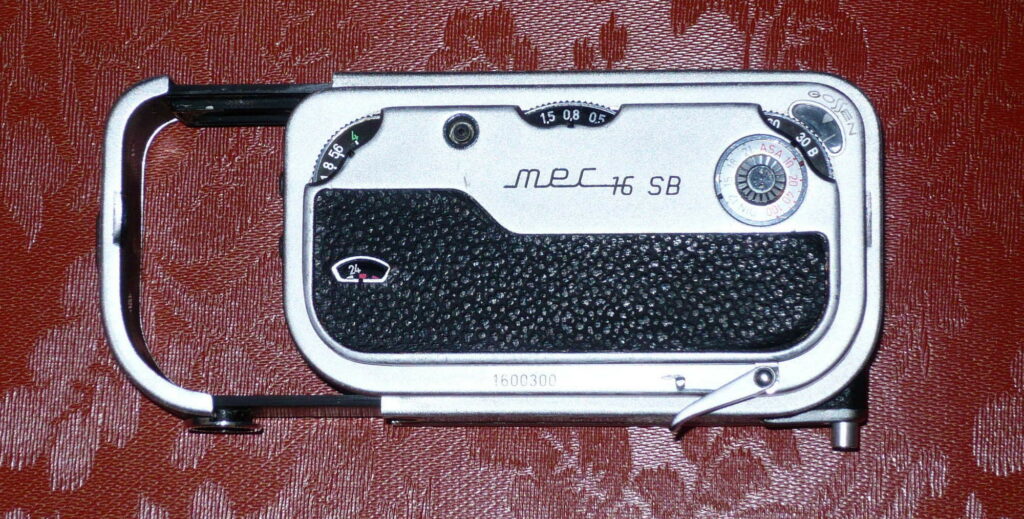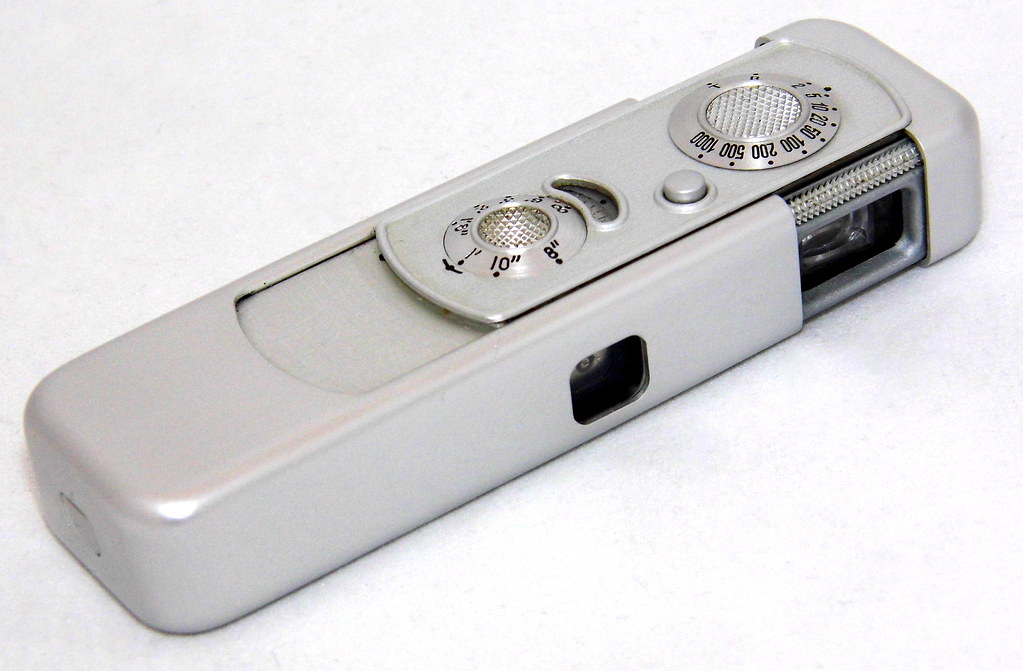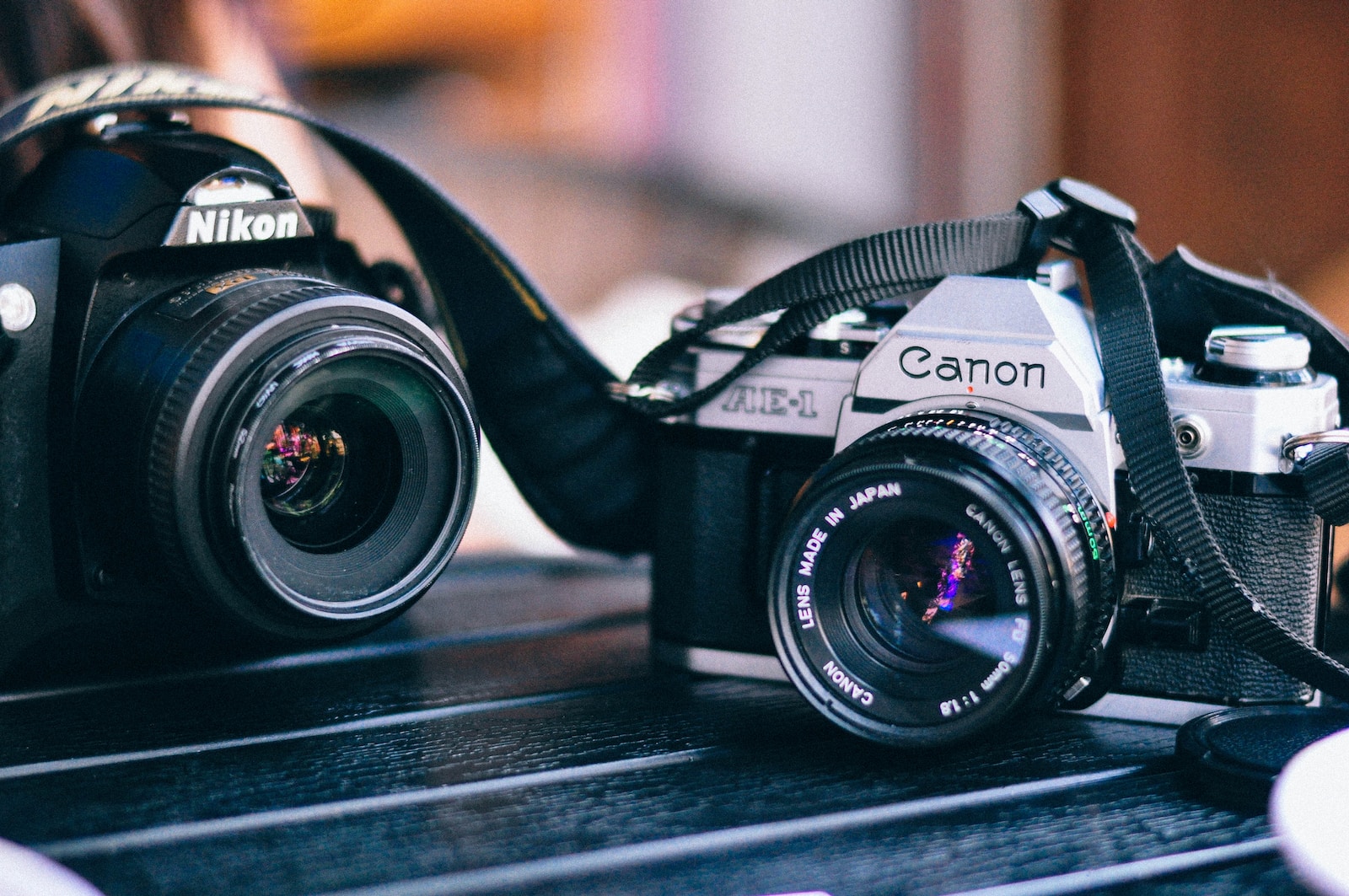Welcome to my blog, where we dive into the fascinating world of subminiature cameras. Join me on a journey through time as we explore the evolution and history of these remarkable devices that have transformed photography. From their humble beginnings to the groundbreaking innovations that have shaped the industry, we’ll uncover the pioneers and revolutionary changes that have made subminiature cameras a beloved tool for capturing memories. Prepare to be amazed by the incredible advancements and discover the hidden stories behind these miniature marvels.
Table of Contents
- The Evolution of Subminiature Cameras
- History of Subminiature Cameras
- Frequently Asked Questions
- 1. What is a subminiature camera?
- 2. How did subminiature cameras evolve over time?
- 3. Who were the pioneers in subminiature camera development?
- 4. What revolutionized subminiature cameras?
- 5. What were some revolutionary changes in subminiature camera photography?
- 6. Are subminiature cameras still popular today?
- 7. Where can I find subminiature cameras for purchase?
- Wrap Up
The Evolution of Subminiature Cameras
Subminiature cameras emerged in the early 20th century, designed as portable and compact alternatives to the bulky cameras of that time. These small wonders revolutionized the world of photography, allowing enthusiasts to capture moments on-the-go with ease and convenience. With their slender frames and lightweight construction, subminiature cameras opened up new possibilities by offering portability without compromising on image quality.
Pioneers of Subminiature Cameras
One of the pioneers in subminiature camera development was Oskar Barnack, who introduced the legendary Leica 35mm camera in 1913. This innovative creation laid the foundation for the future of subminiature cameras, with its compact size and advanced features. Over the years, many other visionaries such as Edwin Land and Walter Zapp made significant contributions to the field, pushing the boundaries of what was possible within the subminiature realm.
Innovations that Transformed Photography
Subminiature cameras witnessed several groundbreaking innovations that changed the way people captured photographs. One such milestone was the introduction of the Minox camera in 1936 by Walter Zapp. This marvel of engineering not only had an incredibly compact design but also featured a retractable lens system, making it highly portable and versatile. Additionally, advancements in film technology, such as the introduction of 16mm film, allowed for higher-quality images in smaller formats.
Rise of the Spy Cameras
Subminiature cameras also played a vital role in espionage and covert operations. During World War II, spy cameras like the Minox B gained popularity among intelligence agencies for their ability to discreetly capture photographs. With miniature dimensions and creative disguises, these spy cameras were essential tools in gathering classified information. The subminiature camera industry experienced a surge in popularity during this era, thanks to the undeniable charm of spy gadgets.
Decline and Legacy
As technology progressed, the era of subminiature cameras gradually faded. The rise of digital photography and smartphones encroached upon the market, offering more convenience and instant gratification. However, the legacy of subminiature cameras lives on. Collectors and enthusiasts still appreciate the craftsmanship and ingenuity behind these miniature marvels. Today, subminiature cameras are valued not only for their historical significance but also as a reminder of how far photography has come.
Interesting Fact: Did you know that the Minox LX, introduced in 1978, was the smallest film camera in the world? It measured just 4 inches in length and weighed a mere 3.8 ounces.
Expanding Possibilities
The legacy of subminiature cameras extends beyond their small dimensions. These cameras opened doors for creativity and innovation, inspiring photographers to experiment with unique perspectives and compositions. Their compact size made it possible to capture images in unconventional settings, allowing for new storytelling possibilities. While subminiature cameras may no longer dominate the photography landscape, their influence can be seen in the enduring spirit of exploration and creativity that defines the art of capturing moments.

History of Subminiature Cameras
Subminiature cameras have a rich history that dates back to the early 20th century. They were initially designed to be small and portable, allowing photographers to capture images discreetly and without attracting attention. These compact cameras revolutionized photography, offering new possibilities and opening up a world of creativity for photographers.
One of the pioneers in subminiature camera development was Yoshihisa Maitani. In the 1960s, Maitani introduced the Olympus PEN line of half-frame cameras, which used 35mm film but captured images on a smaller frame size. This innovation allowed photographers to fit twice as many exposures on a single roll of film. The compact size of the PEN cameras made them popular among enthusiasts and professionals alike.
However, the journey towards perfecting subminiature cameras was not without its challenges. In the early days, one of the major obstacles was achieving sufficient image quality with such a small camera body. The limited space available for lens and film mechanisms required engineers to be highly innovative in designing compact yet capable optics.
Another challenge was the miniaturization of film formats. While 35mm film was widely available, creating even smaller film formats such as 16mm or 9.5mm presented unique difficulties. Manufacturers had to develop specialized film cartridges and redesign the internals of cameras to accommodate these smaller formats.
Despite these challenges, subminiature cameras continued to evolve and improve over time. The introduction of electronic components and advancements in lens technology further enhanced their capabilities. Manual controls were gradually replaced by automatic exposure systems, making these cameras more user-friendly for photographers of all skill levels.
Today, subminiature cameras are still appreciated for their compactness and unique image characteristics. Although digital photography has largely taken over the market, there is still a passionate community of photographers who enjoy the challenge and charm of shooting with subminiature cameras.
In conclusion, the evolution of subminiature cameras has been a fascinating journey filled with innovation and overcoming challenges. From the early days of limited image quality to the introduction of advanced systems, subminiature cameras have continually pushed the boundaries of what is possible in photography.
Frequently Asked Questions
1. What is a subminiature camera?
A subminiature camera is a small-sized camera that is designed to take extremely small photos.
2. How did subminiature cameras evolve over time?
Subminiature cameras have gone through significant advancements in terms of size, functionality, and image quality.
3. Who were the pioneers in subminiature camera development?
Pioneers in subminiature camera development include companies like Minox, Rollei, and Olympus.
4. What revolutionized subminiature cameras?
The introduction of new technologies such as miniaturized lenses, improved film formats, and automation features revolutionized subminiature cameras.
5. What were some revolutionary changes in subminiature camera photography?
Revolutionary changes in subminiature camera photography include the introduction of autofocus, compact film cartridges, and digital subminiature cameras.
6. Are subminiature cameras still popular today?
While subminiature cameras are not as widely used as before, they still have a niche following among photography enthusiasts and collectors.
7. Where can I find subminiature cameras for purchase?
You can find subminiature cameras for purchase on online marketplaces, photography specialty stores, and auction websites.
Wrap Up
Subminiature cameras have come a long way since their inception, evolving into powerful tools that have revolutionized the world of photography. From the early pioneering efforts of companies like Mamiya and Minolta, to the introduction of compact and versatile subminiature cameras by Olympus and Rollei, the history of these cameras is a testament to the ingenuity and creativity of photographers throughout the ages.
By exploring the history and evolution of subminiature cameras, we gain a deeper appreciation for the advancements that have transformed photography as we know it today. Whether you’re a seasoned photographer or just starting your journey in the world of photography, taking a step back to understand the roots and progress of subminiature cameras can help inspire and inform your own photographic endeavors.
We hope this blog has shed light on the fascinating history of subminiature cameras and sparked your curiosity. Feel free to leave a comment below and share your thoughts or experiences with subminiature cameras. Happy shooting!



